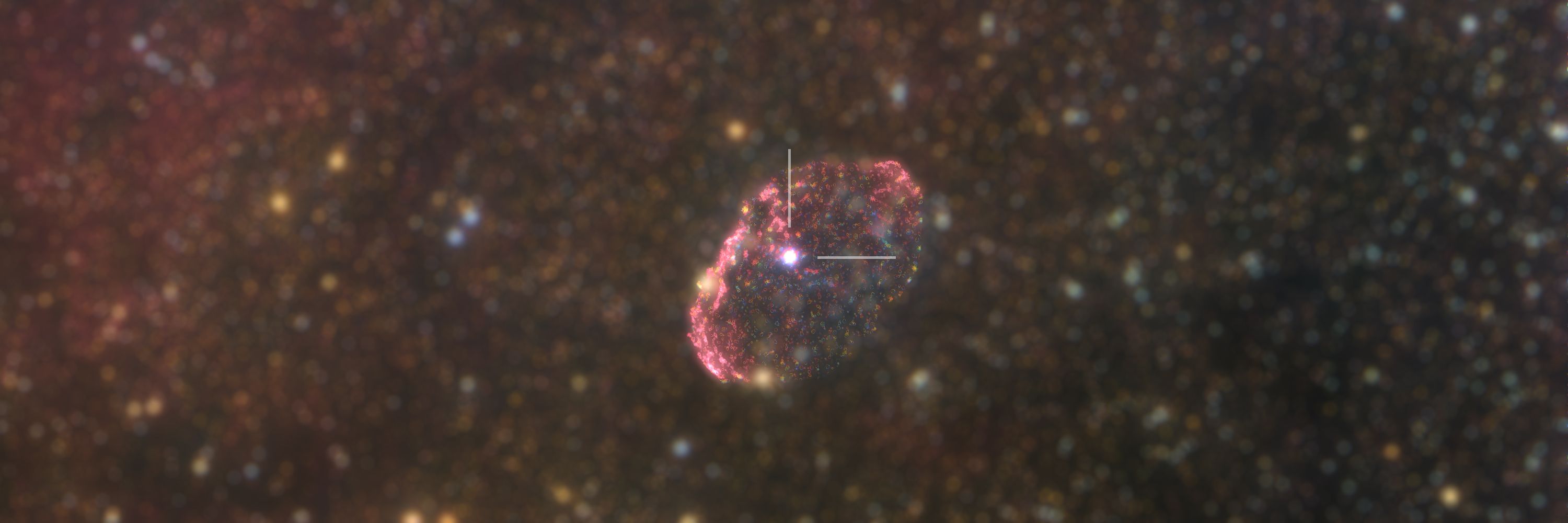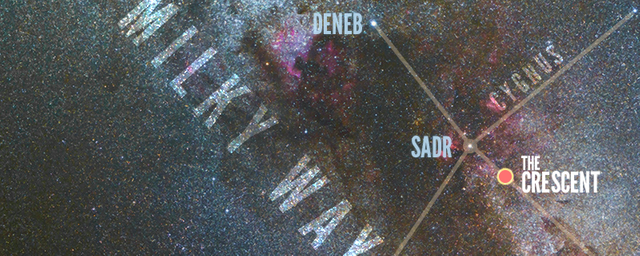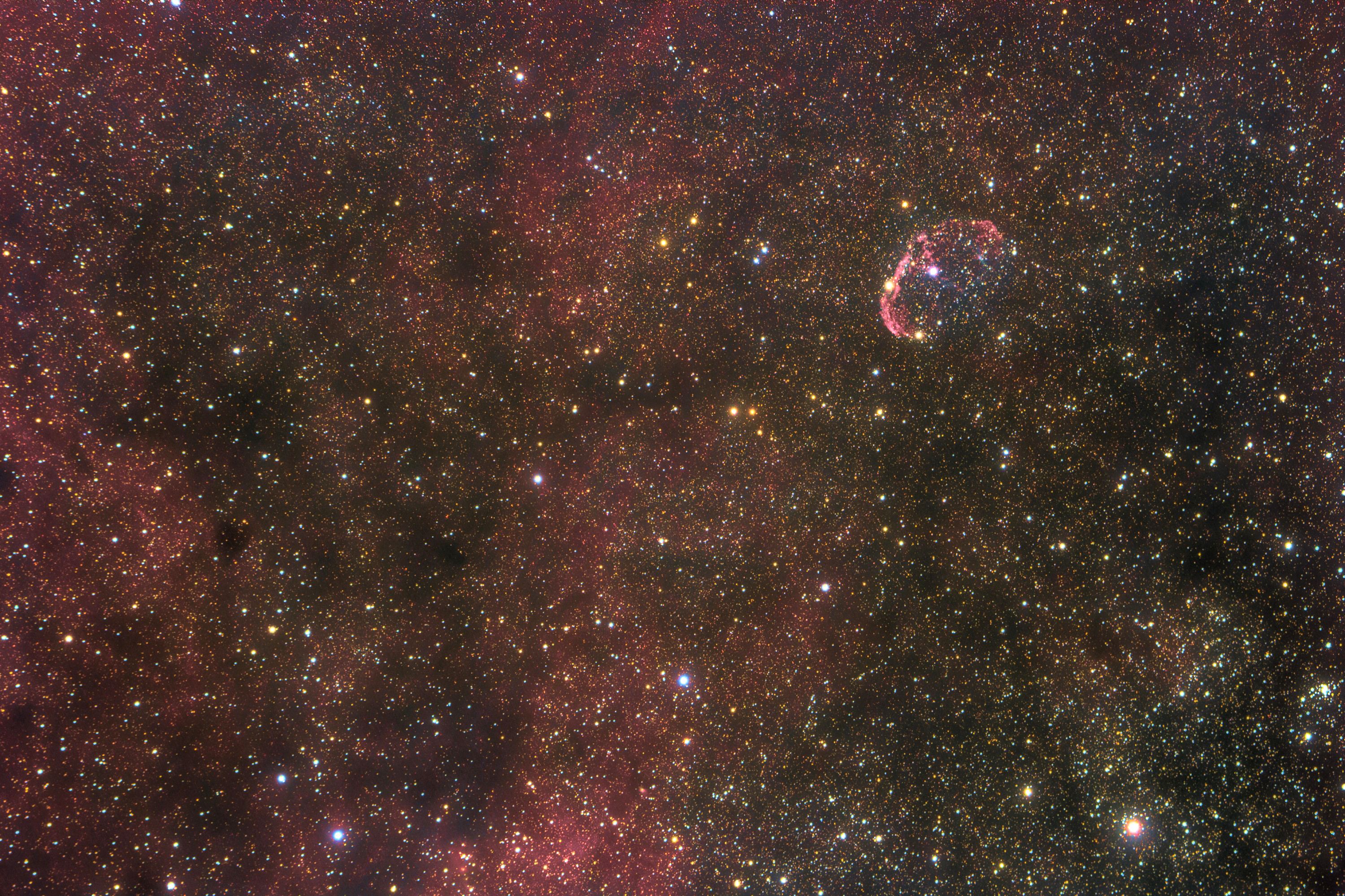Astrophotography: The Crescent Nebula [ENG]
It is true, the Universe is full of huge things but are we sure there are only giant objects? Sometimes you can find curious phenomena even in "very small" spaces. For example, let's dive into this small 16 light years nebula...
Inside the Cygnus constellation, at about 4,700 years old from us, lies a particular diffuse nebula: the Crescent Nebula. Its "small" dimensions of just 16 light years and its nice "egg" shape are not to be underestimated.
I can assure you it is one of the most fascinating object of the sky.
Here you can see the Crescent immersed in the Cygnus' interstellar clouds. The photo is a stack of 30 different 300'' shots (yes, a total exposition of 150 minutes!!) [click to zoom].
It is thought that this diffuse nebula was born from the star HD 192163 housed inside. You probably will ask: "How can a star generate all this?" Simple, HD 192163 is a Wolf-Rayet star.
These stars have such a stellar activity and such high temperatures (around 70,000 K°) to expel their outer layers.

HD 192163: the Wolf-Rayet star which caused all this.
The matter that they disperse in space is called "stellar wind" and, as happens to the Crescent Nebula, it is also excited by the UV radiation emitted by the same stars. The excited stellar wind - as we can see - then emits light in the red and infrared spectrum.
As you can imagine, even the Sun has a stellar wind, but definitely (and fortunately) less devastating. Think that the solar winds of a Wolf-Rayet star can travel in space at speeds up to 2,000 km/s. Other than a coat!

The position of the Crescent Nebula inside the Cygnus Constellation
Some numbers about HD 192163: it has a superficial temperature of about 70.000°K, it is 200.000 times brighter our Sun and 15 times more massive.
Despite the "young" age of 4.5 million years, because of its restless activity, it is in an advanced stage of its life.

For the shot I've used an unmodded Canon EOS 60D and a 480mm refractor telescope on an HEQ5 mount.
480mm - f/6 - ISO800
Light Frames: 30x 300'', Dark, Bias and Flat

Alessio Vaccaro
Follow @ilvacca and upvote if you want more contents like this one. Thank you.


Foto bellissime e post ben curato
Cosí l'upvote assicurato!
Awesome - Love astrophotography!
Thank you @theadmiral0 ;)
Extraordinary Work!
Thank you @aditili ;)
Just one word: AMAZING
Grazie @ilvacca
Great knowledge @ilvacca 😋
Thank you @chullbull :)
Welcome boss 😑
Hello @ilvacca
The universe is indeed full of huge things. I love the crescent view. Look forward to seeing more pictures of the universe you've got a
I benefited a lot from you,thank you br